
London is known for its vibrant and diverse art scene, attracting artists from all over the world. Among the many art forms that thrive in the city, street art has carved its own unique niche. In the bustling streets of London, walls serve as canvases for artists to express themselves and share their creativity with the public.
Street art offers a platform for artists to showcase their work outside the confines of galleries and museums. It allows them to engage with a wider audience, breaking down the barriers between art and the everyday environment. With its ephemeral nature, street art becomes a part of the city’s fabric, provoking conversations and sparking emotional responses.
London street artists are not limited to a specific medium or style. From large-scale murals to intricate stencils, their works encompass a wide range of techniques and themes. Many street artists use their art as a form of social commentary, addressing topics such as politics, inequality, and environmental issues.
What sets London street art apart is its ability to adapt and evolve. Artists constantly push the boundaries of their medium, experimenting with new techniques and materials. The city embraces this evolving art form, recognizing its value and impact on urban culture. London’s street art scene is a testament to the city’s commitment to creativity and expression.
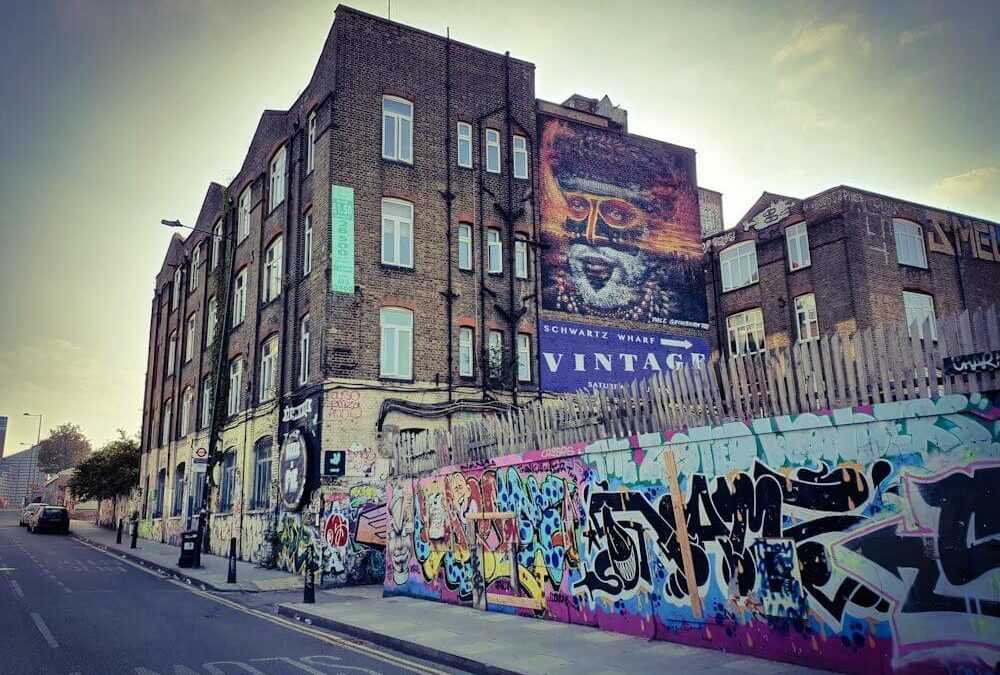
Street art has emerged as a powerful form of artistic expression in urban landscapes around the world, and London is no exception. Gone are the days when graffiti was seen as mere vandalism; it has now evolved into a vibrant and dynamic art form that is embraced by both artists and the public.
A Medium for Social and Political Commentary
Street art provides a platform for artists to voice their opinions and challenge societal norms. It allows them to tackle important social and political issues, such as inequality, discrimination, and environmental concerns. Through their artwork, street artists are able to spark conversations and prompt contemplation in the minds of passersby.
A Catalyst for Neighborhood Revitalization
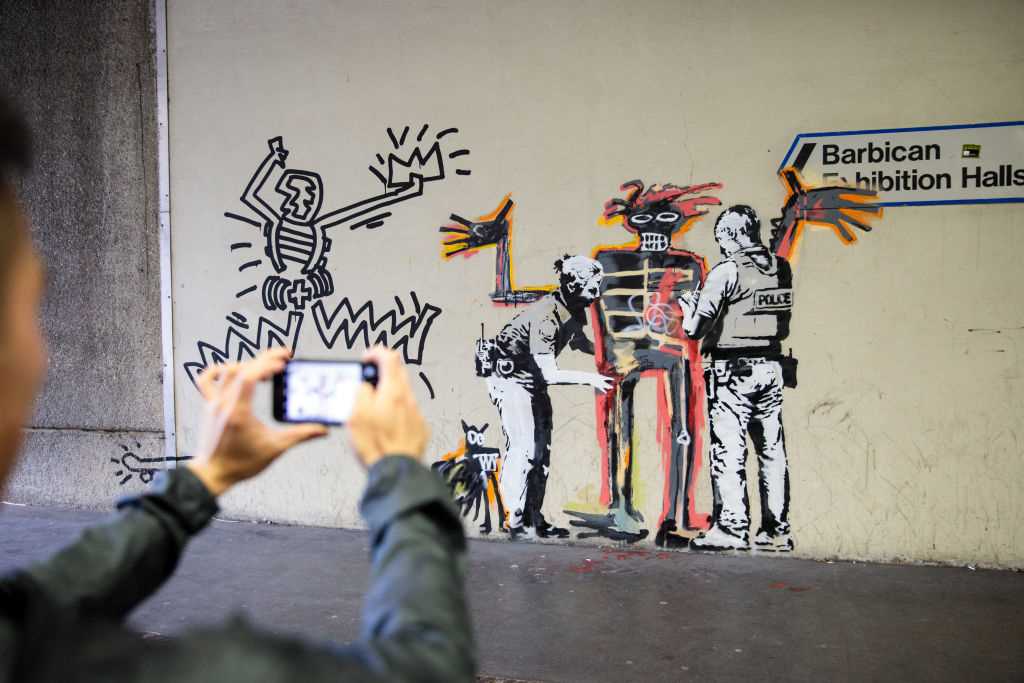
Street art has played a significant role in reviving neglected areas and transforming them into vibrant cultural hubs. By adorning bland walls and buildings with colorful and captivating murals, street artists breathe new life into drab urban spaces, attracting tourists, locals, and art enthusiasts alike. This infusion of creativity and energy has a positive impact on the community, boosting morale and fostering a sense of pride in the neighborhood.
Furthermore, street art has the power to deter crime and graffiti vandalism. By transforming once dilapidated areas into visually appealing spaces, it creates a sense of ownership and respect among the community, discouraging illegal activities.
An Outlet for Creativity and Self-Expression
For many artists, street art serves as an outlet for their creativity and a means of self-expression. It allows them to showcase their unique artistic style and voice their individuality. In a world where artistic expression is often confined to traditional galleries and exhibitions, street art provides a refreshing and accessible medium for artists to connect directly with the public.
Whether it’s a thought-provoking mural, a whimsical stencil, or intricate graffiti lettering, street art has become an integral part of the urban landscape. It brings beauty, vibrancy, and conversation to the streets of London and beyond, cementing its status as a legitimate and respected art form.
Unleashing Creativity Through Murals
Murals have become a popular form of artistic expression in London, with street artists using them as a canvas to unleash their creativity and make a statement.
These large-scale paintings can be seen throughout the city, adorning the sides of buildings and adding vibrancy to otherwise dull street corners. London’s street artists have embraced this medium, using it to share their unique perspectives and challenge societal norms.
One of the most well-known street artists in London is Banksy, whose thought-provoking murals have gained international recognition. His anonymous identity adds an air of mystery to his artwork, making it even more captivating.
But Banksy is just one of many talented artists leaving their mark on the streets of London. The city is home to a diverse and vibrant street art scene, with artists from all backgrounds and styles showcasing their creativity.
These murals often reflect the cultural and social issues of the time, giving a voice to those who are often marginalized or overlooked. They can be political, humorous, or simply beautiful, serving as a visual representation of the artist’s thoughts and emotions.
In addition to their artistic value, these murals also have the power to transform neighborhoods. They can breathe life into neglected areas, attracting visitors and revitalizing communities. Local residents often take pride in the vibrant street art that adorns their neighborhoods, further fostering a sense of belonging and community.
| Artist | Mural |
|---|---|
| Banksy | “Girl with a Balloon” |
| Stik | “Big Mother” |
| Roa | “Sleeping Fox” |
| Bambi | “Queen of Hearts” |
The Intricacies of Urban Graffiti
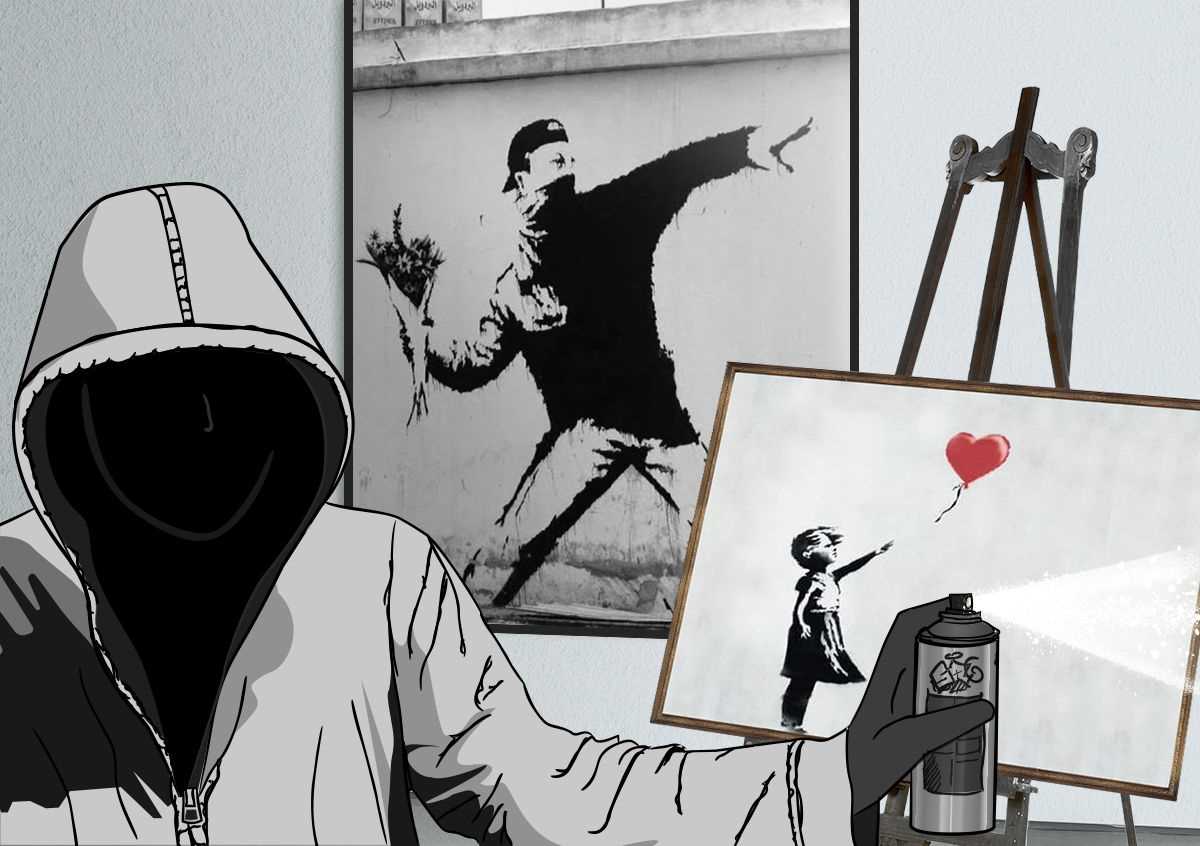
Graffiti is more than just spray-painted words or images on a wall; it is a medium through which artists convey their messages and spark conversations. The intricate designs, vibrant colors, and hidden symbols within graffiti pieces add a layer of complexity that engages viewers and makes them pause to contemplate.
The process of creating urban graffiti can be as intricate as the final artwork itself. Skilled artists take time to plan their designs, considering the location, the surface they will be working on, and the message they want to convey. They carefully select their color palette and techniques, whether it be stenciling, freehand spraying, or a combination of both.
The Evolution of Graffiti Styles
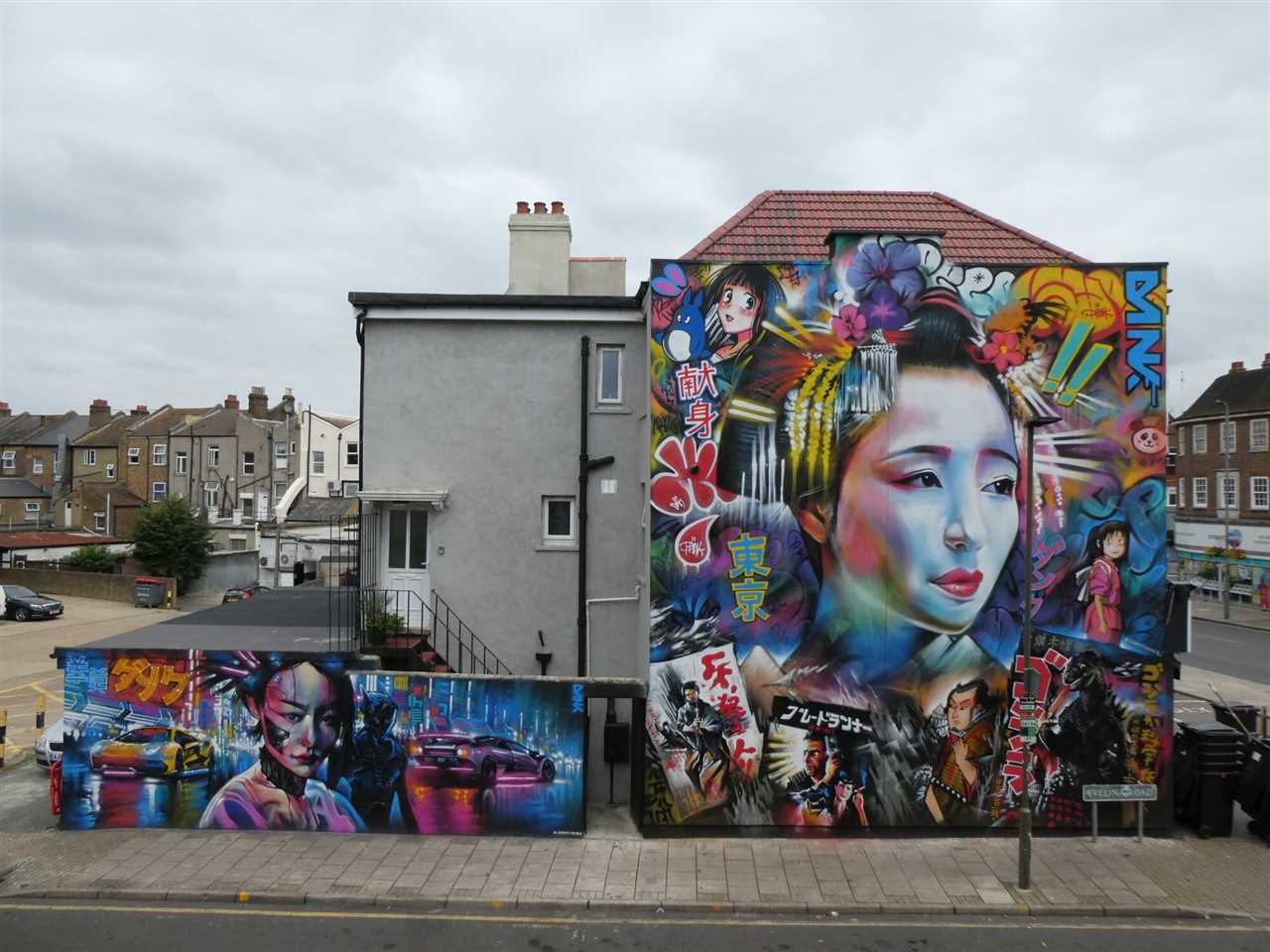
Graffiti styles have evolved over the years, reflecting the changing cultural and social landscape of London. What started as simple tags in the 1960s and 1970s has now transformed into a diverse range of styles, including throw-ups, pieces, and wildstyle.
Throw-ups are quick, stylized graffiti pieces typically consisting of bubble letters or blocky shapes, often filled with vibrant colors. While they may seem simple at first glance, throw-ups require a level of skill and precision to execute cleanly and quickly.
Pieces, short for “masterpieces,” are larger, more complex graffiti works that showcase an artist’s technical skill and artistic style. Artists often spend hours meticulously planning and executing these pieces, incorporating elaborate designs, intricate patterns, and eye-catching colors. Pieces can cover entire walls, capturing the attention of passersby and immersing them in a visual spectacle.
Wildstyle graffiti takes complexity to a whole new level. Characterized by interlocking and overlapping letters, wildstyle pieces are often challenging to decipher, with artists intentionally pushing the boundaries of legibility. Wildstyle graffiti is a celebration of technique and design, requiring immense skill and creativity to create a visually striking and unique piece.
The Role of Graffiti in London’s Street Art Scene
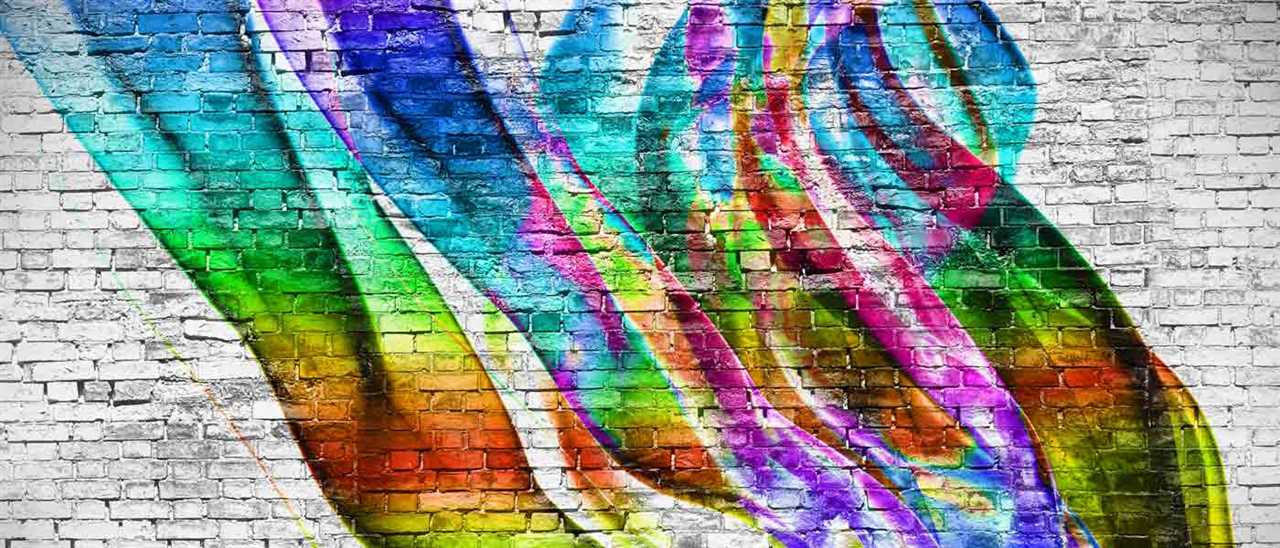
Graffiti serves as a powerful form of self-expression for artists in London’s street art scene. It allows them to communicate their thoughts, feelings, and experiences directly to the public, bypassing traditional artistic institutions. With its roots in underground culture, graffiti represents a rebellious spirit, challenging societal norms and pushing artistic boundaries.
London’s street artists continue to push the envelope, embracing new techniques, styles, and mediums in their graffiti creations. They transform the urban landscape into a gallery, bringing art to unexpected places and giving a voice to the marginalized and underrepresented. Graffiti is not just an act of vandalism; it is an artistic movement that celebrates freedom of expression, creativity, and the power of public spaces.
| Graffiti Style | Description |
|---|---|
| Throw-ups | Quick, stylized graffiti pieces often consisting of bubble letters or blocky shapes. |
| Pieces | Larger, complex graffiti works showcasing an artist’s technical skill and artistic style. |
| Wildstyle | Interlocking and overlapping letters that create visually striking and unique graffiti pieces. |
Exploring the Art of Stenciling
One popular technique embraced by London street artists is stenciling. This art form involves creating intricate designs and patterns by cutting out shapes in a stencil and then applying paint or ink over the gaps onto a surface such as a wall or canvas.
Stencil artists in London use this technique to make powerful political statements, express their creativity, and beautify public spaces. The versatility of stenciling allows artists to quickly reproduce their designs, making it a popular choice for large-scale street art projects.
The process of stenciling begins with the creation of the stencil itself. Artists carefully design and cut out their chosen shapes or patterns using a variety of tools, such as craft knives or laser cutters. The stencil is then carefully positioned on the surface, and paint or ink is sprayed or brushed over the gaps.
Stenciling techniques can vary depending on the desired effect. Some artists use multiple layers of stencils to create depth and dimension in their artwork. Others experiment with different colors and textures to add visual interest.
Stenciling has a long history in street art, dating back to the early days of graffiti in cities like New York and Paris. However, London has become a hub for stencil art in recent years, with artists like Banksy gaining international recognition for their thought-provoking and visually stunning stencil work.
One of the advantages of stenciling is its accessibility. Artists of all skill levels can engage in this art form, using simple stencils or complex designs. It provides a platform for anyone to express their opinions, ideas, and emotions.
Stenciling is not only limited to walls and canvas; it can also be applied to various surfaces, such as wood, metal, and even fabric. This versatility allows artists to explore different mediums and experiment with different textures and materials.
The Impact of Spray Painting
Spray painting is a powerful form of artistic expression that has had a significant impact on the world of street art. Through the use of spray paint, street artists are able to create vibrant and eye-catching works of art that can transform an ordinary public space into a visually stunning experience.
The use of spray paint allows artists to quickly cover large surfaces with bold and vivid colors, creating a sense of energy and movement in their pieces. This technique is particularly well-suited for outdoor environments, where the rough surfaces of buildings and walls can serve as a canvas for street artists to unleash their creativity.
Expanding the Possibilities
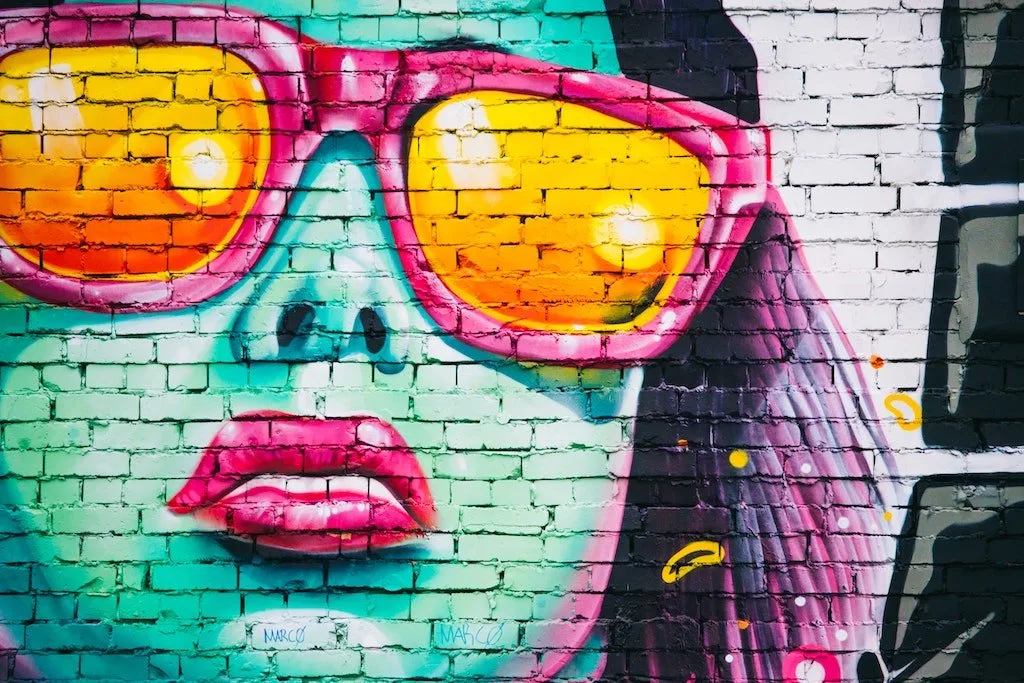
Spray painting has also expanded the possibilities for street artists in terms of the scale and complexity of their work. With spray paint, artists can create intricate and detailed designs, incorporating layers, textures, and patterns that would be difficult to achieve with traditional brush and paint techniques.
This versatility has allowed street artists to push the boundaries of their artform and explore new techniques and styles. From photorealistic portraits to abstract and geometric designs, spray painting has opened up a world of possibilities for street artists to experiment and innovate.
Engaging with the Community
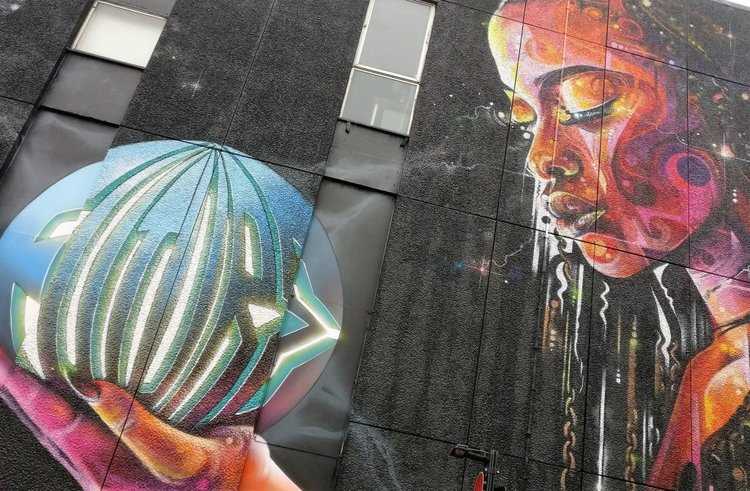
Spray painting has not only transformed the physical landscape of many cities, but it has also had a profound impact on the communities in which these works of art are created. Street art has the power to provoke thought, spark conversations, and challenge societal norms.
By bringing art into the streets, spray painting has made art accessible to a wider audience. It has the ability to engage with the community, opening up conversations and fostering a sense of connection and shared experience. Street art can also give a voice to marginalized groups, shining a light on social and political issues.
| Advantages of Spray Painting | Disadvantages of Spray Painting |
|---|---|
| Ability to cover large surfaces quickly
Ability to create intricate designs and textures Versatility in style and technique Engaging with the community Making art accessible |
Potential for vandalism and illegal activity
Detracting from the original purpose of public spaces Lack of permanence Potential health risks if not used responsibly |

I am a mural enthusiast and a fervent admirer of street art. Rather than creating murals myself, I am passionate about collecting them. My love for street art knows no bounds. I am dedicated to curating and cherishing these artworks that grace the streets. My collection stands as a testament to my profound appreciation for this form of artistic expression.
read about me



